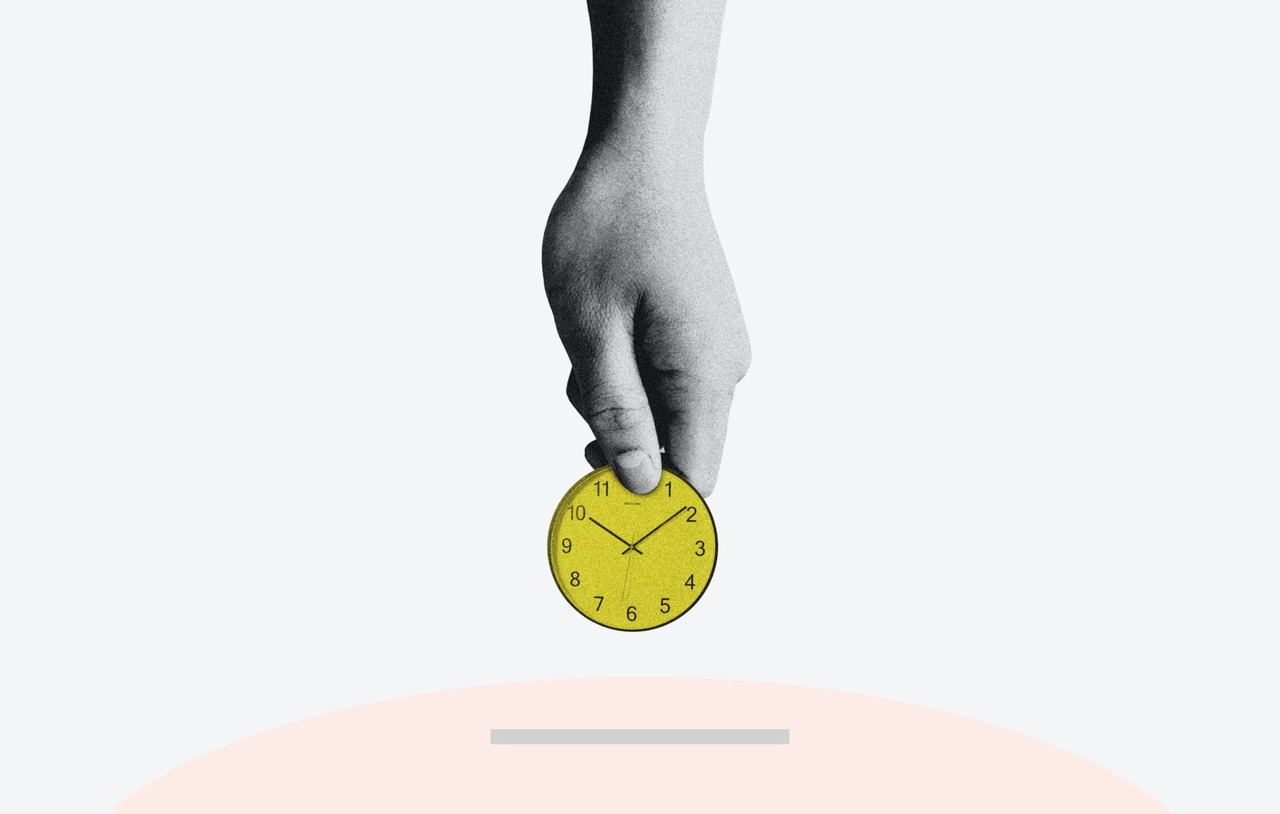When you invest over a period of time, compound interest is your best friend. In effect, it means you are earning interest not just on your own capital, but also on the interest you’ve already earned. Over the long term, this might be phrased as “interest on interest on interest on interest on interest …” or more simply, “free money”! So how do you get this free money? This is how…
A simple start
Imagine you place $100 in an investment that earns 10% pa. At the end of one year, you’ve earned $10. Then you spend all the interest you receive. At the end of each year, your investment amount is back to $100. That’s simple interest. At the end of 10 years, you will still have your $100, and you will have received a total of $100 in interest.
I = P(1+r)n-P
Don’t worry, we’ll do the maths for you, but this little formula contains a power that Albert Einstein is attributed to labelling “the most powerful force in the universe”. It calculates your net profit when you earn interest on the interest. That’s what compounding is all about.
Going back to our first example, if you re-invest the interest on your original $100, at the end of the first year you will have $110. Leaving it invested at 10% pa, you will earn interest of $11 in the second year, bringing the total in the account to $121. If you keep going for 10 years, your investment will grow to $270.70 – that’s your original $100 plus $170.70 in interest.
Time is money – literally
This example may not seem so impressive, but the power of compound interest really shines over the long term. Looking at our simple situation and taking the interest out each year for 30 years, you will earn a total of $300 in interest. But relying only on the compounding of the interest (ie. no other deposits are made), the total interest earned over the same time would be $1,883.74.
A child born today could easily live to 100. Simple interest on a $100 investment would amount to $1,000 over their lifetime. Left to compound untouched at 10%, that same investment would grow to $2,113,241! Even on such a small initial investment, that’s an incredible difference!
The other critical factor is the actual rate of earnings. If the earnings rate dropped just 1% to 9% pa, a one-hundred-year investment would grow to only $783,548
A couple of drags
But don’t forget to take into account tax and inflation. They act as drags on investment performance.
Let’s assume investment earnings remain at 10% pa and are fully taxable. What will your $100 grow to over 30 years at different tax rates?
| 0% Tax (Allocated Pension) | 15% Tax (Super Fund) | 34.5% Tax (Average Taxpayer) | 47% Tax (Top Tax Rate) |
| $1,983.74 | $1,269.25 | $709.69 | $488.66 |
Note: Includes 2% Medicare Levy.
As for inflation, due to a number of factors, both global and domestic, inflation is at a relatively high level. Even at the Reserve Bank’s target of 3% pa, you would need $2.43 in 30 years’ time to buy something that costs $1.00 today.
There are many ways of minimising the effects of tax and inflation. Picking the right tax environment is clearly important. Capital gains are only taxed when an investment is sold, so growth assets have an advantage over those that only produce income. They also cope better with inflation.
Investment risk
Always remember, seeking higher returns generally involves taking higher risks but some of those risks can be managed with an effective and professionally constructed investment strategy.
If you want to take advantage of “the most powerful force in the universe”, talk to your licensed financial adviser.
